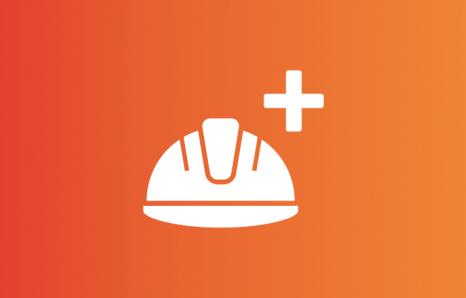Research analysts and health & wellbeing specialists showcase the new dashboard designed to help the rail industry and rail organisations to measure employee wellbeing – with data insights and discussion.
You may also be interested in:

Solving the industry occupational health capability gap together
Hear from rail operators and experts about challenges around occupational health, followed by a lively discussion on what needs to change to unlock occupational health capability and what part you could play in making it happen.

Trauma Risk Management (TRiM)
In 2023, Southeastern launched TRiM (Trauma Risk Management) - a peer-delivered risk assessment and ongoing support system, designed specifically to help in the management of traumatic events. Mark Brown, Deputy TRiM Coordinator, explains, more about the programme and how it helps Southeastern employees to deal with trauma.

Top tips on improving metabolic health
Learn simple, practical ways to boost your energy, manage weight, improve sleep, and support long-term wellbeing. This session covers nutrition, movement, stress control, and key health numbers to help you take charge of your metabolic health.
